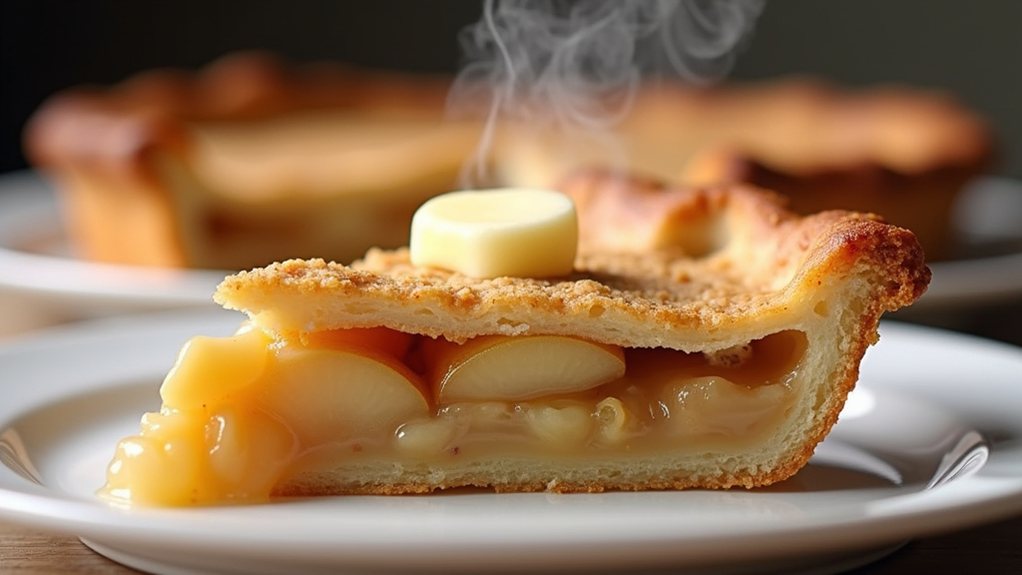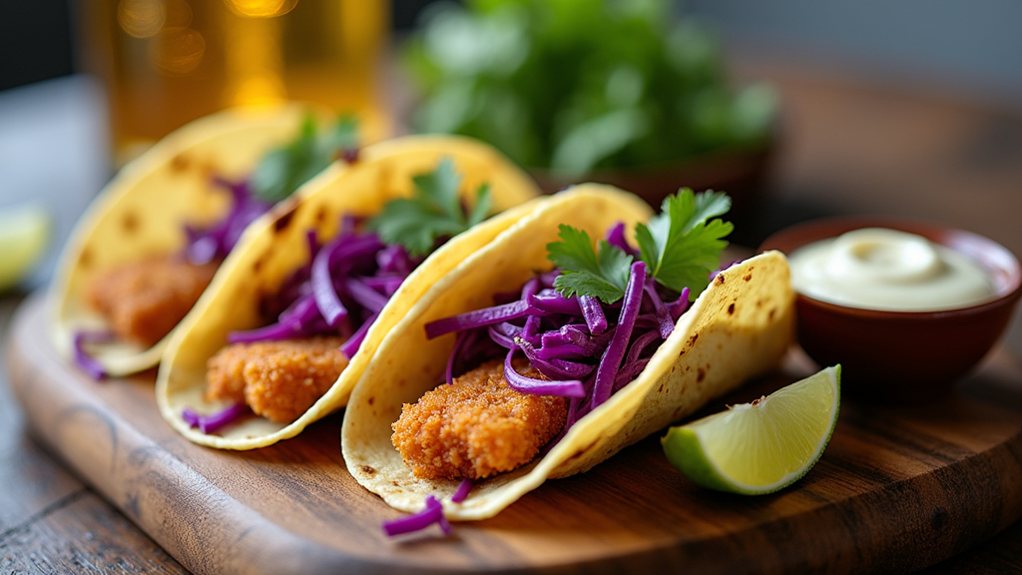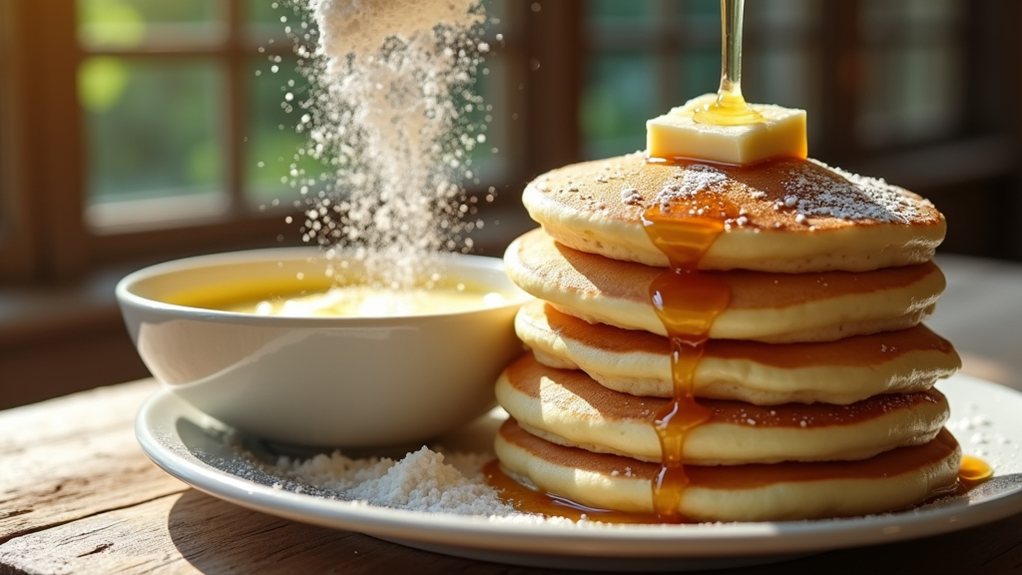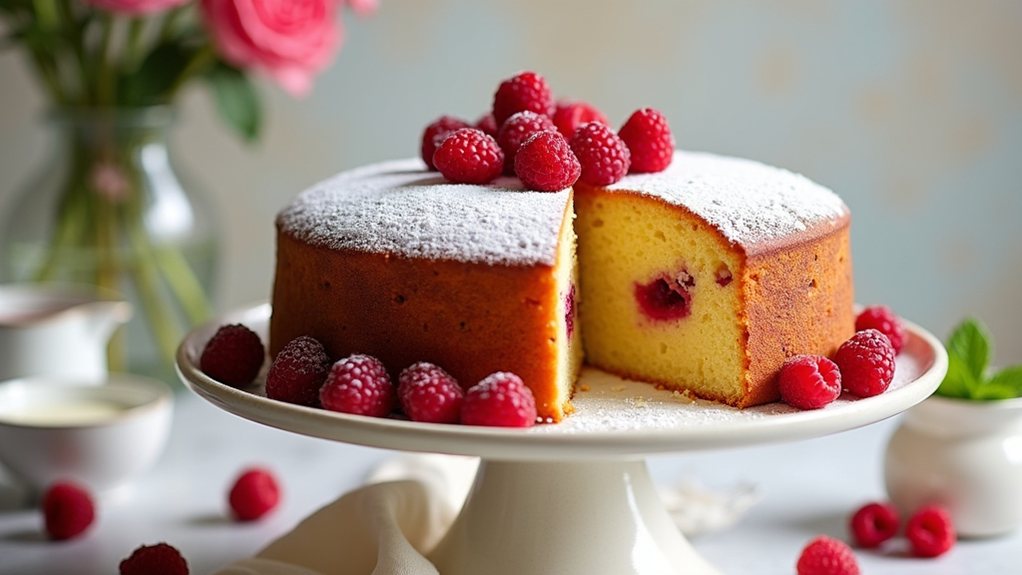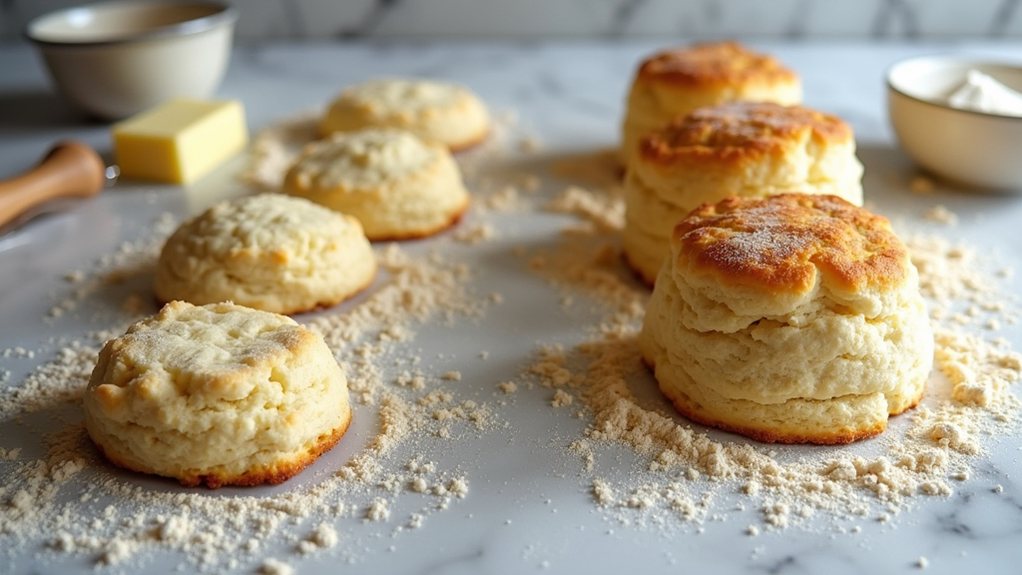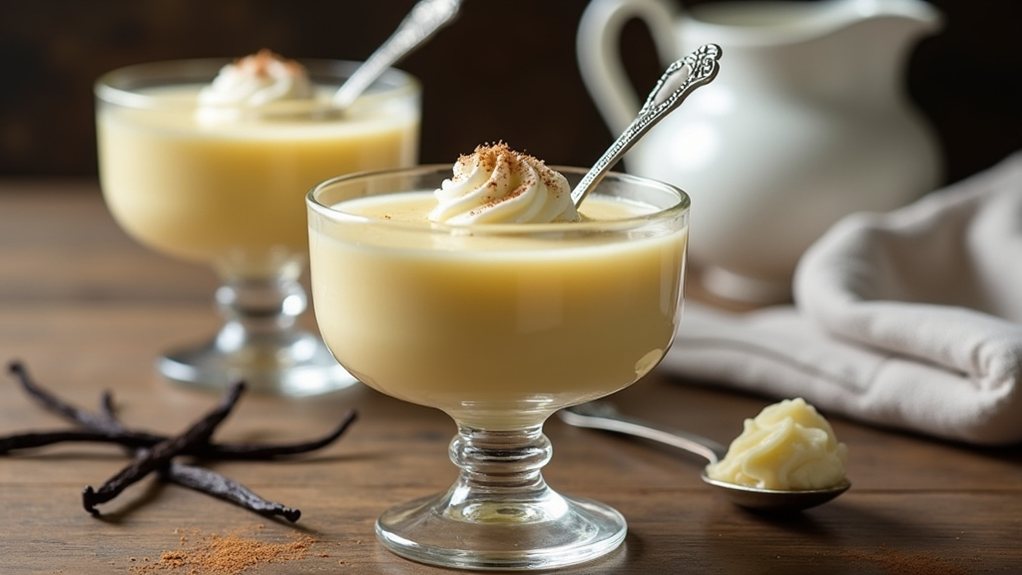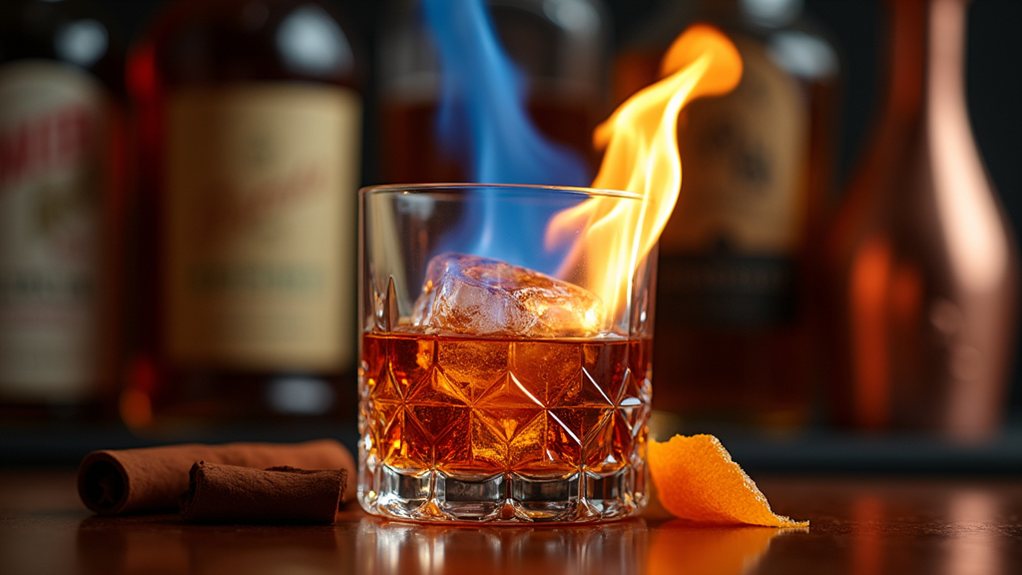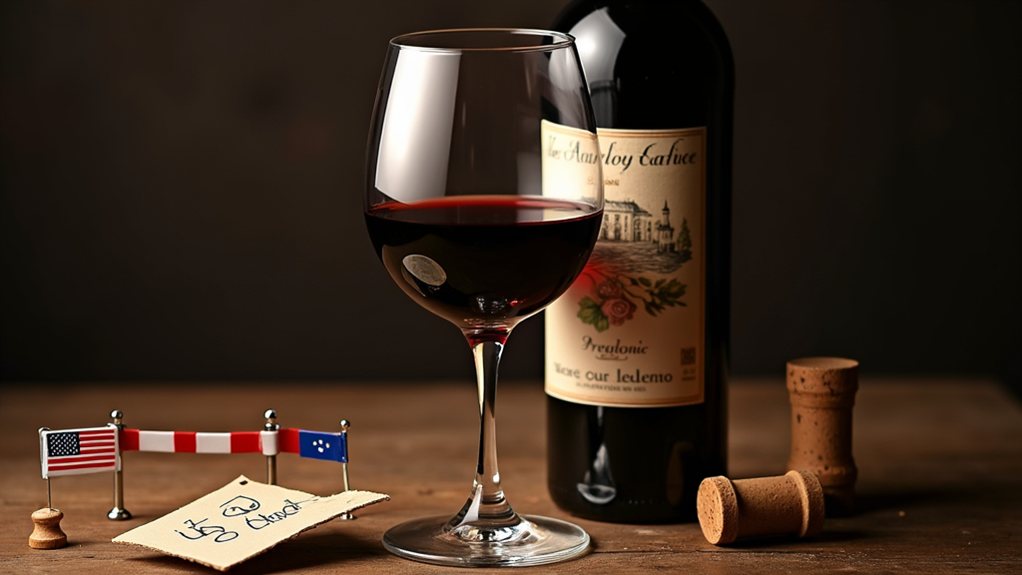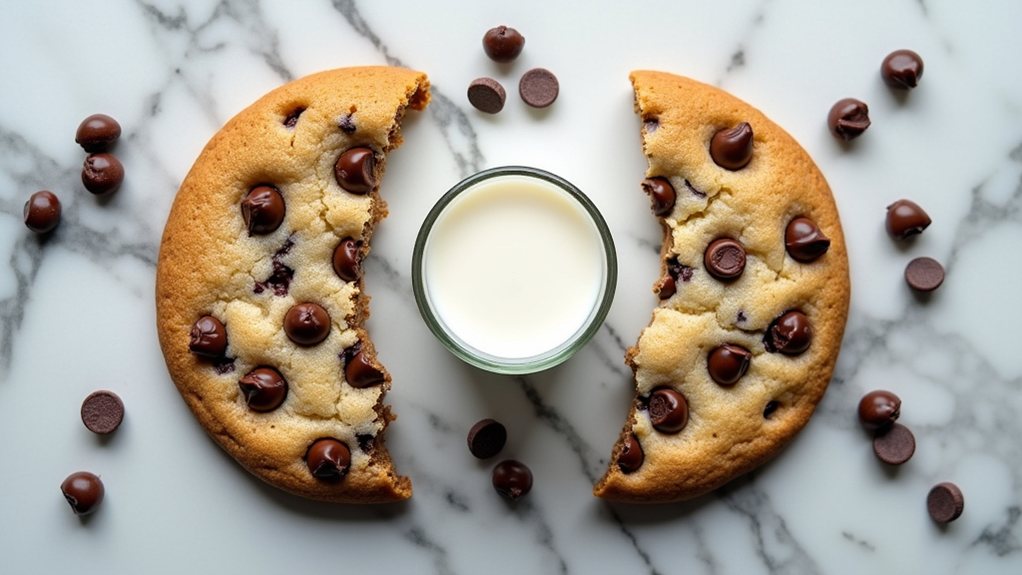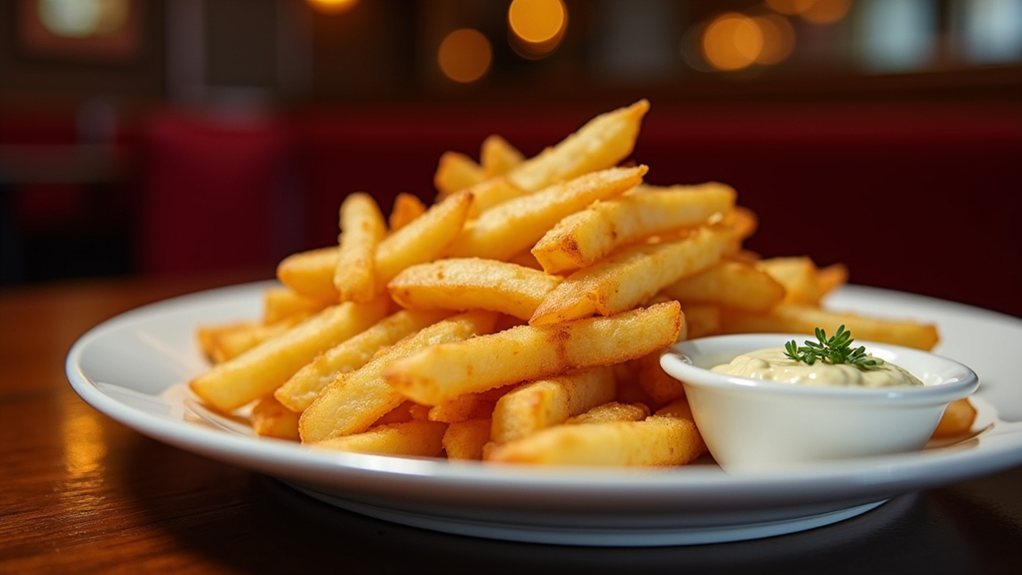The humble butter crust serves as pie's unsung hero, offering both structural integrity and flavor improvement that makes serving a perfect slice possible. When cold butter melts during baking, it creates steam pockets between layers of dough, resulting in that characteristic flakiness that holds firm when cut. Unlike other fats, butter's low melting point and milk solids contribute to a golden-brown exterior that signals readiness to enthusiastic diners. The science behind this simple ingredient transforms what could be a messy serving experience into a moment of culinary satisfaction.
The Structural Benefits of a Butter Crust
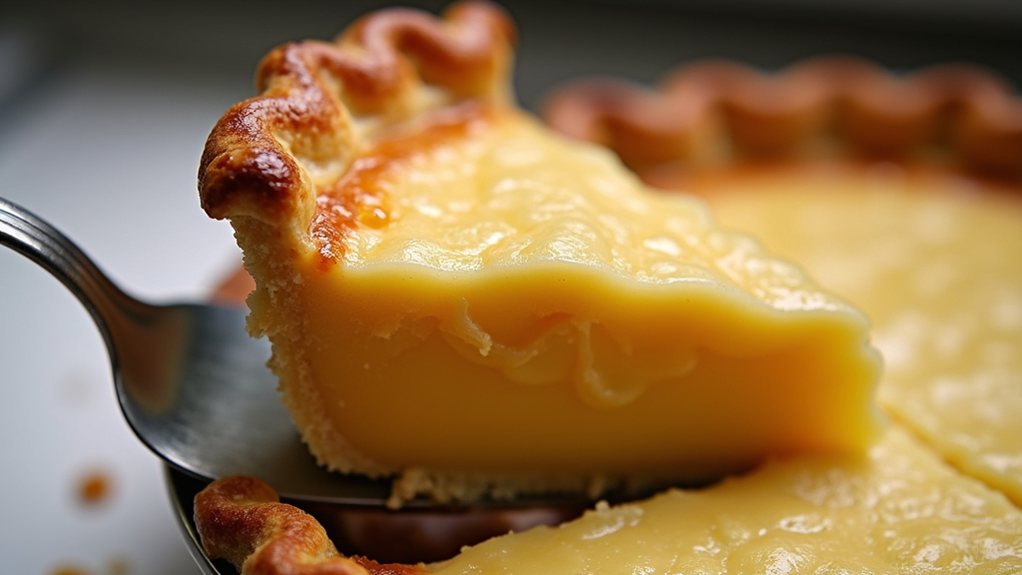
When bakers seek to create the perfect pie, the choice of fat in the crust can dramatically impact not just the flavor but also the ease of serving. Butter, with its unique properties, transforms an ordinary pie crust into one that not only tastes delicious but also serves with remarkable elegance. The stability of a butter-based crust allows slices to maintain their shape when transferred from pie plate to dessert dish, creating a cleaner presentation that improves the complete dining experience.
The flaky texture that butter imparts to pie crusts contributes greatly to serving ease. As butter melts during baking, its water content creates steam that separates the dough into distinct layers. These layers not only provide a delightful mouthfeel but also create natural fault lines that facilitate clean cutting with minimal crumbling. The milk solids and water in butter contribute to creating that beautiful golden, crispy crust that holds together well when served. The traditional 3:2:1 ratio for pie dough ensures optimal interaction between butter and flour, creating a structure that's both tender and resilient when sliced. Guests receive picture-perfect slices rather than the crumbled mess that can result from less stable crusts, allowing them to focus on the pie's flavor rather than managing a collapsing dessert.
Butter's contribution to the golden-brown color of the crust also plays a role in serving aesthetics. The rich, amber hue that develops during baking creates visual appeal that lifts the entire presentation. This color development happens more quickly than with other fats, reducing complete baking time and helping to preserve the crust's structural integrity. The result is a pie that not only looks beautiful on the serving plate but maintains its appearance throughout the meal.
The traditional use of butter in pie crusts has created cultural expectations that influence our perception of pies. The familiar, rich aroma of a butter crust baking signals quality and care to those waiting to indulge. This sensory experience begins before the initial bite and improves complete enjoyment.
European-style butters, with their higher fat content, can further refine texture and stability, making even the most delicate pies easier to serve without compromising their structure. For both novice and professional bakers alike, butter remains the gold standard for creating pies that are as easy to serve as they are delightful to eat.
